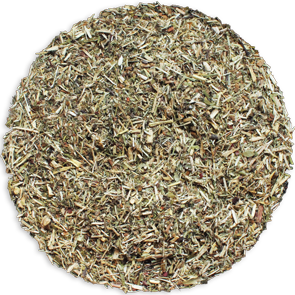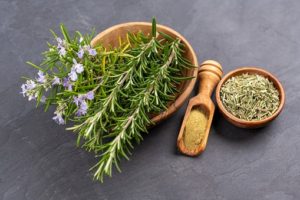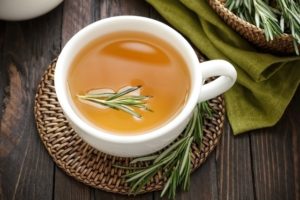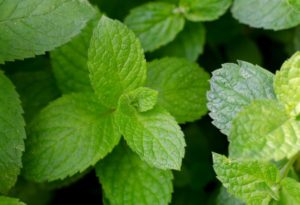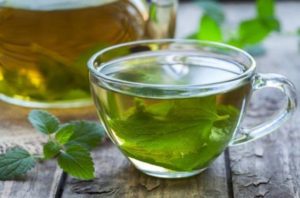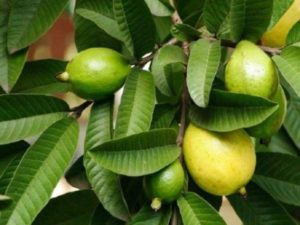Actúa como auxiliar del intestino perezoso, estimula el funcionamiento de la flora intestinal, favorece a la buena digestión.

Con los beneficios del: Hinojo, Foeniculum vulgare (Es un buen tónico para la digestión, aumenta las secreciones gastrointestinales, reduce la producción de gases, es un calmante intestinal, elimina los cólicos y estimula los movimientos naturales del intestino), Tlanchalagua Erythraea tetramera Schiede (Ayuda a la digestión por su acción antiespasmódica, aumenta la producción de bilis que mejora el sistema digestivo y elimina el exceso de agua), Hoja Senn Senna alexandrina (Por sus potentes efectos laxantes actúa directamente sobre la mucosa intestinal aumentando los movimientos peristálticos del colon), Nopal, Opuntia ficus-indica (Brinda sensación de saciedad al comer por su alta cantidad de fibra soluble, reduce la absorción de grasa a nivel intestinal y logra así una mejor digestión), Tejocote Crataegus mexicana (Trata problemas digestivos, combate el sobrepeso debido a que contiene muy pocas calorías y elimina los parásitos intestinales), Menta Mentha (Estimula la formación de bilis en el hígado, ayuda al páncreas a segregar las encimas necesarias para la digestión y previene problemas derivados de los excesos) y Jengibre Zingiber officinale (Estupendo digestivo, que ayuda a estimular el páncreas y aumentar la producción de enzimas, favoreciendo la digestión).
Tomar 3 tazas al día antes o después de cada alimento. Este producto no debe ser sustituido por ninguna dieta variada ni tampoco sustituye a ningún medicamento.
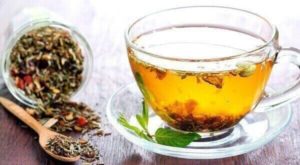
Siempre es bueno estar informado al 100% y consultar con tu médico de confianza antes de tomar cualquier suplemento.
Producto 100% natural, su uso está destinado al consumo como alimento.
EL CONSUMO DE ESTE PRODUCTO ES RESPONSABILIDAD DE QUIEN LO RECOMIENDA Y DE QUIEN LO USA
REFERENCIAS
Badgujar SB, Patel VV, Bandivdekar AH.Biomed Res Int. 2014;2014:842674. doi: 10.1155/2014/842674. Epub 2014 Aug 3.PMID: 25162032 Free PMC article. Review.
Foeniculum vulgare Mill commonly called fennel has been used in traditional medicine for a wide range of ailments related to digestive, endocrine, reproductive, and respiratory systems. …Findings based on their traditional uses and scientific evaluation indicates …
2) The senna drug and its chemistry.
Franz G.Pharmacology. 1993 Oct;47 Suppl 1:2-6. doi: 10.1159/000139654.PMID: 8234429 Review.
Senna consists of the dried leaflets or fruits of Cassia senna (C. acutifolia) known in commerce as Alexandrian senna and of Cassia angustifolia commonly known as Tinnevelly senna. …Both compounds can be utilized to distinguish between the Alexandria …
El-Mostafa K, El Kharrassi Y, Badreddine A, Andreoletti P, Vamecq J, El Kebbaj MS, Latruffe N, Lizard G, Nasser B, Cherkaoui-Malki M.Molecules. 2014 Sep 17;19(9):14879-901. doi: 10.3390/molecules190914879.PMID: 25232708 Free PMC article. Review.
Opuntia ficus–indica, commonly referred to as prickly pear or nopal cactus, is a dicotyledonous angiosperm plant. …
Palmer KG, Lebin JA, Cronin MT, Mazor SS, Burns RA.J Med Toxicol. 2019 Oct;15(4):295-298. doi: 10.1007/s13181-019-00727-w. Epub 2019 Aug 12.PMID: 31407210 Free PMC article.
INTRODUCTION: A species of hawthorn, Crataegus mexicana (tejocote), has been marketed as a weight-loss supplement that is readily available for purchase online. …
5) Mentha: A genus rich in vital nutra-pharmaceuticals-A review.
Anwar F, Abbas A, Mehmood T, Gilani AH, Rehman NU.
Phytother Res. 2019 Oct;33(10):2548-2570. doi: 10.1002/ptr.6423. Epub 2019 Jul 9.PMID: 31286590 Review.
The genus Mentha comprises several aromatic species, which are cultivated world-over due to their distinct aroma and commercial value. …A rich source of bioactives, different species of Mentha, can be explored as a promising candidate for the development of nutra- …
6) A review of the gastroprotective effects of ginger (Zingiber officinale Roscoe).
Haniadka R, Saldanha E, Sunita V, Palatty PL, Fayad R, Baliga MS.Food Funct. 2013 Jun;4(6):845-55. doi: 10.1039/c3fo30337c. Epub 2013 Apr 24.PMID: 23612703 Review.
The rhizomes of Zingiber officinale Roscoe (Zingiberaceae), commonly known as ginger is an important kitchen spice and also possess a myriad health benefits. …Various preclinical and clinical studies have also shown ginger to possess anti-emetic effe …

